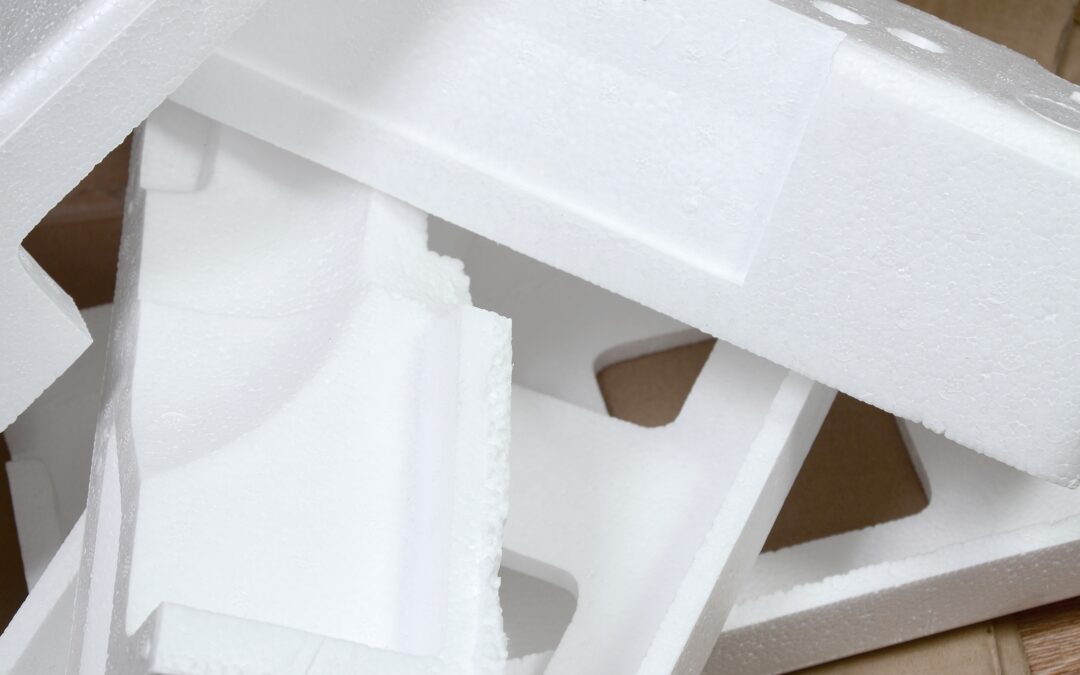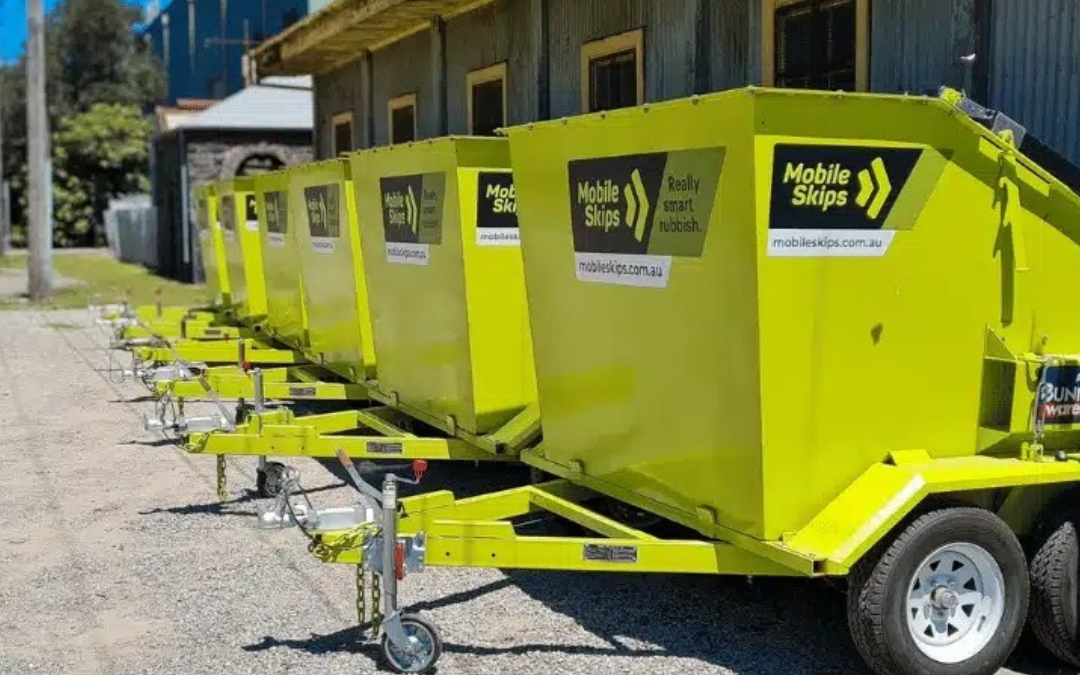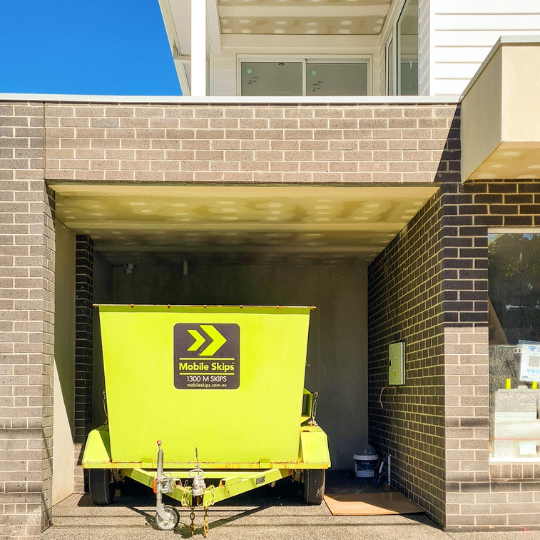Kickstart Your Decluttering Adventure
Ready to clear out the clutter and breathe new life into your space? Starting your decluttering journey can do wonders for your home and your peace of mind. If you’re a newbie looking for decluttering tips for beginners, here’s how to get rolling.
Trash, Keep, Donate: The Basics
First things first, sort out what you don’t need. Make three piles: keep, donate, and trash. Start by tossing obvious junk to quickly clear some space, then zero in on one small area—like a drawer or a shelf (AARP). This way, you won’t feel swamped and can celebrate small wins early on.
Here’s a simple sorting system to guide you:
| Pile | Purpose |
|---|---|
| Keep | Stuff you use often or really love. |
| Donate | Good-condition items that others might need. |
| Trash | Broken, expired, or useless stuff. |
By sorting your things, you can decide what stays, what goes to a new home, and what hits the bin.
Small Area, Big Win
Focusing on a small area can make a big difference and give you a sense of progress. Start with a spot you use a lot, like your bedside table or bathroom vanity. This quick win will motivate you to keep going.
Decluttering isn’t just about getting rid of stuff. It’s a chance to think about what’s really important to you. As you go through your things, ask yourself what value each item brings to your life. For sentimental items or family heirlooms, have a chat about their significance. This can help you decide what to keep and what you’re ready to let go of (AARP).
Start your decluttering adventure with confidence, knowing that even small steps can lead to big changes in your home and your mindset. For more tips on how to declutter your house effectively, check out our full guide on decluttering and organizing.
Organizing Your Stuff
When you start decluttering your home, you might feel like you’re drowning in a sea of forgotten items. But don’t worry, we’ve got two solid strategies to help you turn that chaos into a cozy, organized space.
The Organizational Triangle Trick
The “organizational triangle” is a simple yet effective way to bring order to your mess. Professional organizer Andrew Mellen swears by these three rules:
- One spot for everything: Every item should have a designated place. This makes it easier to find things and put them away.
- Group similar items: Keep like items together. This helps you know what you have, avoid duplicates, and make decisions faster.
- In and out rule: For every new item you bring in, make sure something else goes out. This keeps your space balanced and prevents clutter from creeping back in.
By sticking to these rules, you’ll create a clear system for organizing your stuff and keeping things tidy. For more tips, check out our home decluttering guide.
Talking About Sentimental Stuff
Not everything you own will fit neatly into ‘trash’, ‘keep’, or ‘donate’ piles. Some items have sentimental value or are meant to be passed down. When it comes to these meaningful objects, it’s important to have conversations, either with family or yourself, about their future.
Ask yourself:
- Why is this item important to me?
- Does it make me happy or serve a purpose?
- Am I keeping this out of guilt, or do I really love it?
These talks can be tough, but they’re crucial for creating a space that truly reflects what matters to you. They also help you avoid holding onto things out of habit or guilt. For more on the emotional side of decluttering, visit decluttering and mental health.
Remember, organizing isn’t just about making your home look neat; it’s about creating a space that supports your well-being and lifestyle. Take your time with these steps, and don’t hesitate to reach out for decluttering and organizing services if you need extra help.
Taming the Clutter Beast
Getting rid of clutter can feel like a breath of fresh air, but let’s be real—it can also be a bit of a headache. Here are some tips to make the process smoother and maybe even a little fun.
Break It Down, Schedule It
First things first, don’t try to tackle everything at once. Break it down into bite-sized tasks. Start by chucking obvious trash, then zero in on one small area—like that junk drawer that’s been haunting you. Make three piles: keep, donate, and toss. This way, you’re making quick decisions and moving forward (AARP).
Next, carve out specific times for decluttering. Consistency is key, so set regular slots in your week. Maybe it’s 30 minutes a day or a couple of hours on the weekend—whatever works for you. Remember, this isn’t a sprint; it’s more like a marathon.
| Area to Declutter | Time Allocation |
|---|---|
| Junk Drawer | 30 min |
| Wardrobe | 2 hours |
| Kitchen Cabinets | 1 hour |
| Paperwork | 45 min |
Need a roadmap? Check out our decluttering checklist for home to make sure you’re hitting all the right spots.
Calling in the Pros
Sometimes, you need a little backup. If the clutter monster is too big to tackle alone, don’t hesitate to call in the pros. Professional organizers can offer a fresh set of eyes and practical help to get you on track (AARP).
These experts often use systems like the “organizational triangle,” which means giving every item a home, grouping similar items, and adopting a one-in, one-out rule. This keeps future clutter at bay.
Got a mountain of junk to get rid of? Consider booking a skip bin for easy disposal. Companies like Mobile Skips deliver and pick up the bin, and they even plant a tree for every booking (Mobile Skips).
By breaking tasks into chunks, scheduling decluttering time, and getting help when needed, you can keep the clutter from taking over your life. These steps not only clear your space but also set the stage for a more organized and peaceful home. Want to know how decluttering can boost your mental health? Check out our article on decluttering and mental health to see how a tidy space can lead to a clearer mind.
Efficient Waste Removal with Skip Bins
So, you’re ready to tackle that clutter? Awesome! But let’s face it, getting rid of all that junk can be a hassle. Enter skip bins—your new best friend for waste removal. Whether you’re gearing up for a big move or just want to tidy up your space, skip bins make the whole process a breeze.
Skip Bin Sizes: What You Need to Know
Picking the right skip bin size is like choosing the right tool for the job. Here’s a quick cheat sheet:
| Skip Bin Type | Weight Capacity | Equivalent in Wheelbarrows |
|---|---|---|
| Standard Skip Bin | 500 kg | About 1 wheelbarrow of heavy stuff |
| Heavy Skip Bin | 1000 kg | Around 5 wheelbarrows of heavy stuff |
Info from Mobile Skips
Think about what you’re tossing out. Got a lot of heavy junk? Go for the heavy skip bin. Just a bit of clutter? The standard one should do the trick.
What You Can’t Chuck in a Skip Bin
Skip bins are pretty versatile, but there are some no-go items. Here’s what you can’t toss in:
- Asbestos
- Chemicals
- Batteries
- Paint
- Poison
- Food
- Biological waste
- Gas bottles
- Fuel and oils
For the full list and safe disposal tips, check out Mobile Skips.
Easy Delivery and Eco-Friendly Choices
Getting a skip bin delivered is super easy. Most services, like Mobile Skips, can drop one off within 3 hours during business hours. Order after hours? No worries—they’ll get back to you the next business day.
One cool thing about mobile skip bins is they don’t need a council permit. They’re on registered trailers, so you can park them wherever you’d park a car.
And here’s the cherry on top: many companies are going green. For example, Mobile Skips plants a tree for every online booking. So, while you’re decluttering, you’re also helping the planet.
Skip bins aren’t just for getting rid of stuff—they’re part of a bigger picture. When you use a skip bin, you’re not just making your life easier; you’re also making a positive impact on the environment.
Final Thoughts
Decluttering isn’t just about tossing things out. It’s about making smart choices for your home and the planet. By using skip bins wisely and being mindful of what you throw away, you’re contributing to a cleaner, greener world.
So, ready to clear out that clutter? Grab a skip bin and get started!
Keeping Your Home Tidy
So, you’ve finally decluttered your home. Congrats! Now, the real trick is keeping it that way. Here’s how to make sure your space stays neat and tidy.
Give Everything a Home
One of the best ways to keep clutter at bay is to give every item a specific spot. This makes it easy to put things away and keeps your place looking neat. Here are some tips:
- Label storage containers so you know what’s inside.
- Keep things you use often within easy reach and store away stuff you don’t use much.
- Use storage solutions that fit your space and lifestyle.
By always putting things back where they belong, you’ll cut down on visual clutter and make cleaning up a snap. Need more ideas? Check out our home decluttering tips.
Build Good Habits
Good habits are key to keeping your home clutter-free. Try adding these to your daily routine:
- Nightly Tidy-Up: Spend a few minutes each night putting things away and getting ready for the next day.
- Regular Clutter Checks: Do a quick sweep daily or weekly to gather items that have strayed from their spots.
- Donation Box: Keep a box handy for items you no longer need. When it’s full, donate it.
Sticking to these habits will help keep clutter from creeping back in. Also, schedule regular decluttering sessions to reassess your stuff and get rid of things you don’t need. For more tips on staying organized, check out our decluttering and organizing services.
Be mindful about what you bring into your home. Shop selectively, avoid impulse buys, and choose quality over quantity. This mindset will help keep your space calm and spacious. Learn more about this approach in decluttering and minimalism.
Remember, keeping a clutter-free home isn’t about being perfect; it’s about creating a space that supports your well-being and lifestyle. Be patient with yourself and celebrate small wins along the way. For a step-by-step guide to decluttering different areas of your home, check out our decluttering checklist for home.
The Mental Benefits of Decluttering
When you start clearing out the clutter, you’re not just cleaning up your space – you’re also giving your mind a much-needed break. Let’s see how decluttering can boost your mental health and sharpen your thinking.
Decluttering and Mental Well-being
You might be surprised, but organizing your stuff can seriously lift your spirits. Decluttering can bring peace and clarity to your thoughts, which might even help you sleep better. Plus, getting rid of dust and mold can cut down on asthma and allergy risks, making you feel healthier overall.
But wait, there’s more – decluttering can turn your home into a calm oasis, away from the world’s chaos. By clearing out the old, you make room for new experiences and opportunities. And if you donate what you don’t need, you’re not just freeing up space; you’re also doing a good deed, which can lower stress and improve heart health.
Here are some mental perks of decluttering:
| Benefit | What It Does |
|---|---|
| Stress Reduction | Less mess means less stress, leading to a calmer mind. |
| Better Sleep | A tidy room can help you sleep more soundly. |
| Health Boost | Donating items can lower blood pressure and stress. |
| Financial Freedom | Decluttering can help you save money and reduce financial worries. |
For more tips on how decluttering can improve your life, check out our articles on decluttering and mental health and decluttering for a fresh start.
Impact on Stress and Cognitive Function
Ever feel sick just looking at a messy room? You’re not alone. Clutter can be overwhelming, making it hard to focus and think clearly. By decluttering, you’re not just making things look nicer; you’re also helping your brain work better. This can cut down on procrastination and boost your productivity.
Decluttering can also help you live more mindfully. When your space is organized, your mind can focus better on what needs to be done, making you more efficient. Embracing minimalism can take this to the next level, simplifying your life and helping you focus on what really matters.
To start enjoying the mental benefits of a clutter-free space, check out our resources, from home decluttering tips to strategies for decluttering and downsizing. Find out how a few simple steps can transform your space and your mind.
Practical Decluttering Tips
Starting to declutter can feel like a mix of excitement and dread. These tips are here to make it easier and help you get the job done right.
Sorting Your Stuff
Sorting through your things is the heart of decluttering. Begin by tossing out the obvious trash to clear some space. Then, pick a small area—like a drawer or a shelf—and use the three-pile method: keep, donate, and throw away. This way, you give each item a fair shot. Here’s a quick table to get you started:
| Area to Declutter | Keep | Donate | Throw Away |
|---|---|---|---|
| Drawer | Must-have items | Good condition but unused | Broken or useless |
Need more help? Check out our decluttering checklist for home.
Getting Ready to Succeed
Preparation is key. Grab some garbage bags for trash, boxes for donations, and storage bins for the keepers. Picture how you want your space to look when you’re done; this vision will keep you going.
Andrew Mellen’s “organizational triangle” can be a game-changer. It suggests having one spot for each item, grouping similar things together, and using a one-in-one-out rule to keep clutter at bay. These tips can make a big difference in how you organize your stuff.
It’s okay to talk about items that mean a lot to you. Deciding what to keep can be tough, but it’s also a chance to remember and choose what really matters.
If you’re stuck, think about getting help from decluttering and organizing services. A pro can give you a new perspective and help you reach your goals faster.
Decluttering isn’t just about a neat space; it’s about creating a mindset that values simplicity and order. By following these tips, you’re not just cleaning up; you’re making a space that supports your well-being and fits your life. For more ideas, check out our articles on decluttering and minimalism and decluttering and mindfulness.
Tackling Clutter: Room by Room
Starting a decluttering mission can feel like trying to climb Everest in flip-flops. But don’t sweat it! The trick is to tackle one area at a time, turning chaos into calm. Let’s break it down for three key spots: the kitchen, closet, and bedroom.
Kitchen Cleanup
The kitchen is where the magic happens, so let’s start there. Empty out those cupboards and drawers, and sort your stuff into piles. Keep the essentials and ditch the duplicates.
- Cutlery and Utensils: Drawer dividers are your new best friends.
- Pots and Pans: Stack ’em by size, and keep lids in a separate rack.
- Food Storage: Clear containers for dry goods make it easy to see what you’ve got.
Kitchens get messy fast, so regular tidying is key. For more tips, check out our guide on keeping a minimalist kitchen.
Closet Cleanout
Closets can be like black holes for stuff you don’t need. Here’s how to declutter:
- Sort by Category: Group clothes by type—shirts, pants, dresses, you get the idea.
- Everyday Wear: Keep your go-to outfits front and center.
- Seasonal Storage: Stash off-season clothes in boxes or on high shelves.
If you haven’t worn something in a year, it’s time to let it go. Donate those items and give them a new life. Need more closet tips? Dive into our guide on creating a minimalist wardrobe.
Bedroom Bliss
Your bedroom should be a chill zone, not a dumping ground. Here’s how to keep it serene:
- Daily Declutter: Make it a habit to clear out dishes, laundry, and other non-bedroom stuff.
- Under-bed Storage: Use this space for things you don’t need every day.
- Nightstand Essentials: Keep only the must-haves on your nightstand to cut down on visual clutter.
A tidy bedroom can help you relax and even improve your sleep. For more ideas, check out our guide on creating a minimalist bedroom.
By focusing on these areas, you’ll turn your home into a more organized, functional, and peaceful place. Remember, decluttering is a marathon, not a sprint. Keeping things tidy is just as important as the initial cleanup. For more tips and tricks, check out our home decluttering checklist.






